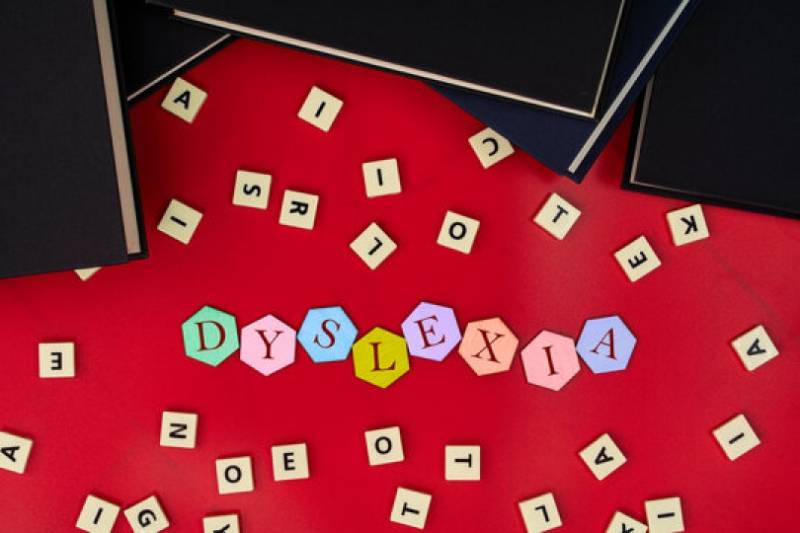Last Updated on 2 years ago by Nicky Johnson
Students with dyslexia are often overlooked in the classroom until they struggle academically, and learning to read is often delayed by the lack of an accurate diagnosis. While the practitioners conducting the assessments are well-versed in dyslexia and qualified to evaluate students for symptoms, cases remain undiagnosed because of limited availability, faulty equipment, outdated learning research, and diagnostic comorbidities.

8 Challenges Practitioners Face in the Assessment Process
Blog Contents
- 8 Challenges Practitioners Face in the Assessment Process
- 1. Using Inconsistent Terminology in Assessments
- 2. Relying on One Risk Factor Instead of Many
- 3. Using Outdated Assessment Models
- 4. Failing to Assess Gifted Students
- 5. Not Identifying Issues Early
- 6. Ignoring Differences in First Language Writing Systems
- 7. Not Paying Attention to Possible Comorbidities
- 8. Relying Only On One Assessment for Diagnosis
- Get in Touch with WPS Publish
Dyslexia is a multifaceted condition that affects more than a student’s reading ability. There are several specific challenges faced in the dyslexia assessment process.
1. Using Inconsistent Terminology in Assessments
To complete a diagnostic assessment, practitioners should use terminology consistently across all documents. Some practitioners avoid the term “dyslexia” as if it were foul language, but the terms used in substitution often confuse clinicians and researchers alike.
2. Relying on One Risk Factor Instead of Many
Phonological awareness, or the ability to recognize and consider sounds in a spoken language, is not the only risk factor for dyslexia. Other aspects practitioners fail to consider include; substandard verbal memory and slow rapid automatized naming.
3. Using Outdated Assessment Models
Although it is tempting for practitioners to use the same tests every time they assess a student, research has found that some tests do not produce an accurate measure of the capabilities of a dyslexia student. It is pivotal to use current and appropriate psychometric tests.
4. Failing to Assess Gifted Students
It’s no secret that gifted kids can have dyslexia too, and they are often called twice-exceptional. This term indicates that a child has more needs than the average dyslexic student, yet they compensate for their lack of reading skills with other talents.
5. Not Identifying Issues Early
Early diagnosis is of paramount importance when identifying dyslexia and aiding in a child’s reading development. Young children with dyslexia may struggle with speech or have a family history of dyslexia but confound clinicians with above-average intelligence scores or the absence of other risk factors.
6. Ignoring Differences in First Language Writing Systems
Clinicians should pay careful attention to orthographic differences when assessing for dyslexia. For example, languages with complex relationships between speech sounds and letters (such as English and French) may cause students to struggle with spelling. Students that speak Spanish, a language with a simplified relationship between sounds and letters, may encounter difficulties with rapid automatized naming and read more slowly than peers.
7. Not Paying Attention to Possible Comorbidities
Children may have one, or more, psychological diagnoses that make dyslexia assessments more difficult. Common comorbidities include attention-deficit hyperactivity disorder, dysgraphia, dyscalculia, and other language and learning difficulties.
8. Relying Only On One Assessment for Diagnosis
Perhaps the most important measure a clinician could take, aside from considering the child’s background, language development, and family history is to use multiple batteries during the assessment process. Using several researched-based batteries assures consistency and helps the clinician to compare the child’s data with wider groups of children of other ages and grade levels.
Get in Touch with WPS Publish
For the best outcome in the diagnosis of dyslexia, assess children as early as possible and with tests taking into account their culture, learning ability, and other comorbid diagnoses. Contact WPS Publish today for dyslexia assessment assistance.







